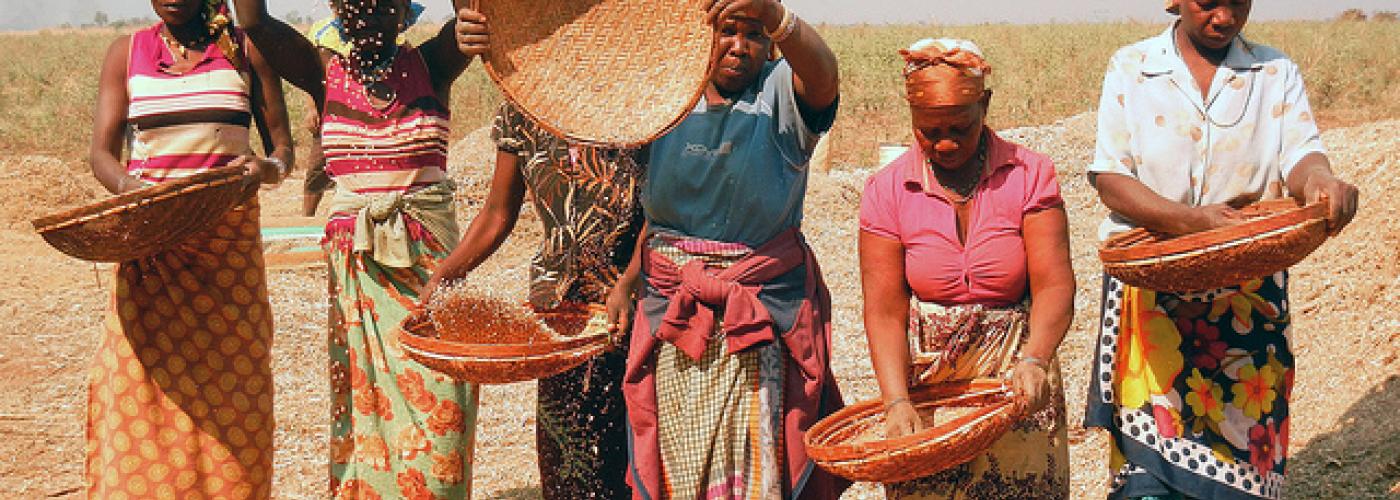Report: Feed the Future Innovation Lab for Assets and Market Access
Image

This report was published and authored by the Feed the Future Assets and Market Access (AMA) Innovation Lab at the University of California, Davis.
Summary
In 2001, the research network that would become the AMA Innovation Lab began a series of programs in eastern and southern Africa to explore the nature of chronic and persistent poverty. The approach generated a foundational theory in two parts. First, households’ levels of assets, meaning the resources that produce a livelihood, are better predictors of chronic poverty than income. Second, when those assets fall below a minimum threshold—perhaps because of a shock—people become trapped in chronic poverty with no pathway to resilience.
In 2012 the AMA Innovation Lab was established by the USAID Bureau for Food Security as a Collaborative Research Support Program (CRSP) at the University of California, Davis to conduct rigorous policy and programming research in the areas of Inclusive Market Access, Risk Management and Resilience, and Rural and Agricultural Finance. As we found new opportunities with additional funding through USAID Associate Awards and ongoing initiatives like our Index Insurance Innovation Initiative(I4), we have expanded our efforts to respond to the broad shift in the field of development toward resilience and achieving an end to the need for development aid. Both of these are ideas that have always been at the core of our thinking.
The foundational theory and knowledge we gained from our earlier work on the dynamics of poverty and resilience has been the driving force behind our research these past six years. We have conducted basic research, program evaluations and low-cost pilots to test innovations in 32 projects across 16 countries. Our Principal Investigators from leading institutions worldwide have used established and cutting-edge research methods that include randomized controlled trials, digital innovations, satellite technology, advanced qualitative analysis and machine learning to expand our understanding and test what’s possible for small-scale agricultural households globally.
Our work has yielded valuable knowledge and innovations ready right now to take from the lab to the field. We can focus these results into three key categories of insights for sustainable development and resilience.
Read the rest of the Summary and download the full report in PDF format.

